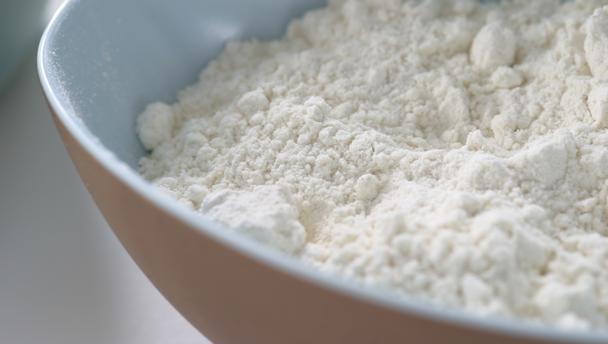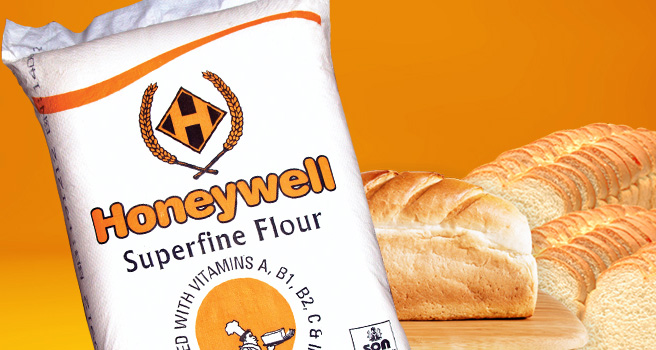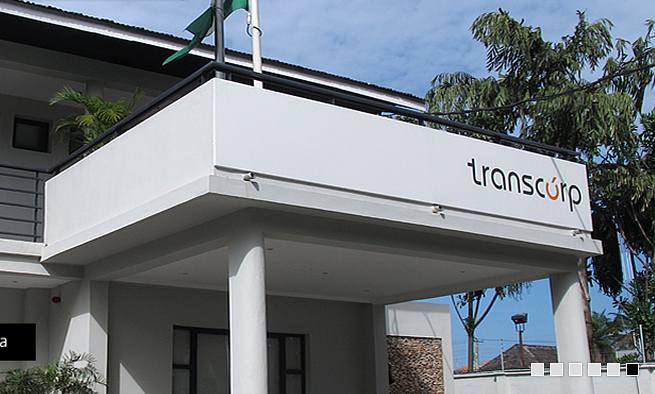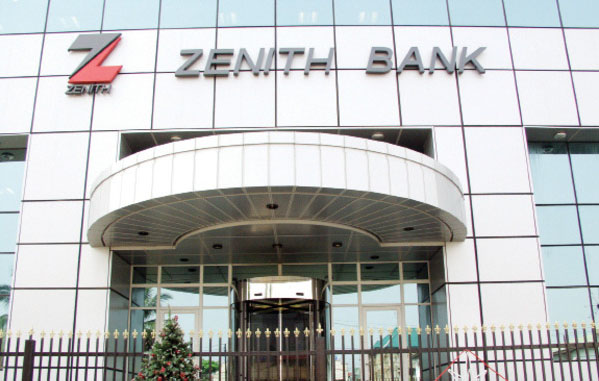Flour Mills of Nigeria recorded a slowdown in profit growth in the third quarter but achieved an accelerated growth in sales revenue during the period. Two cost areas encroached on profit margin and therefore prevented the company from growing profit along with revenue in the third quarter. These are cost of sales and interest expenses, both of which claimed increased proportions of sales revenue in the third quarter ended December 2016.
The company’s earnings outlook has changed significantly from the position at the end of the second quarter. While its sales revenue outlook has improved further, profit expectation has dimmed for the current financial year ending March 2017. The company looks good to achieving the strongest revenue growth in three years, hitting well over half a trillion naira in turnover at full year. Profit is however expected to drop by a wider margin than earlier forecast.
The company is nevertheless maintaining a significant improvement in its core business in the absence of a windfall from asset disposal – which lifted profit in the preceding financial year. There is big a leap of 133% in gross profit and an advance of 135% in operating profit for the company at the end of the third quarter. Huge finance charges on balance sheet debts of over N233 billion however stand in the way of converting revenue into profit.
Flour Mills of Nigeria closed the third quarter operations with a turnover of about N390 billion, which is an outstanding growth of 48% year-on-year. There was an accelerated growth in the third quarter during which the company generated N134.6 billion in sales revenue. Sales volume is growing across most of the company’s businesses and product prices have generally increased. Cost cutting and production efficiency explain the exceptional improvements in gross profit and operating profit.
Advertisement
The company is engaged in flour milling, production pasta, noodles, edible oil and refined sugar. It also produces livestock feeds and agro-allied products. It sales fertilizer, laminated woven polypropylene sacks and flexible packaging materials. It also operates terminals A and B at Apapa Port and handles customs clearing, forwarding, shipping agents and logistics.
The accelerated growth in the third quarter has improved the full year revenue outlook for the company. Turnover forecast is revised upward from N491 billion to N519 billion for Flour Mills of Nigeria at the end of its 2016/17 financial year. That will be a full year growth record of over 51% against the sales revenue of N342.6 billion the company posted at the end of the 2016 financial year. This will be the strongest revenue growth since 2014 and a major acceleration from the improvement of only 11% in 2016.
Two cost elements aren’t letting the improvement in revenue get down to the bottom line. One is cost of sales, which grew at a faster rate of about 54% in the third quarter than the 37% increase at the end of the second quarter. It therefore claimed an increased share of sales revenue in the third quarter and reduced gross profit margin during the period. Rising cost of sales reflects the effect of the drop in the exchange value of the naira.
Advertisement
The second major expense affecting profit performance is finance cost, which has shifted from a drop of 11.4% at the end of the second quarter to a 7% growth at the end of the third. The company’s balance sheet debts have expanded from about N160 billion at the end of the second quarter to N233 billion at the end of the third. It paid about N17.7 billion in interest expenses at the end of the third quarter.
In the same period in the preceding year, operating profit was insufficient to meet finance cost but the gain on disposal of investment covered up the gap. In the current year, the company has overcome that challenge with the top record growth of 135% in operating profit to N27.3 billion at the end of the third quarter. Finance cost still claimed as much as over 64% of operating profit.
Exchange losses increased net operating loss further from N8.08 billion at the end of the second quarter to N11.8 billion at the end of the third. Despite that, the company still achieved the significant growth in operating profit at the end of the period.
After tax profit amounted to N7.4 billion at the end of the third quarter, only a moderate improvement from the N6.47 billion the company posted at the end of the second quarter. It is a drop of 61% year-on-year from the N19 billion corresponding figure in the preceding year. The full year after tax profit projection is revised downward from N12.44 billion based on the second quarter performance to 10.4 billion for Flour Mills in 2017. That will be a drop of 28% from the full year profit figure of N14.42 billion in the 2016 financial year.
Advertisement
That will still be a good performance for the third year running since the company began recovering from a sustained profit fall in the 2014/15 financial year. The increased operating strength this year is obscured by the drop in profit. The profit in the preceding year came entirely from gain on disposal of investment in subsidiary while the profit figure for the current year reflects a significant improvement in the company’s operations.
The company earned N2.50 per share at the end of the third quarter, down from N7.01 per share in the same period in the prior year. It is expected to earn N3.93 per share at full year against N5.57 in the 2015/16 full year.







